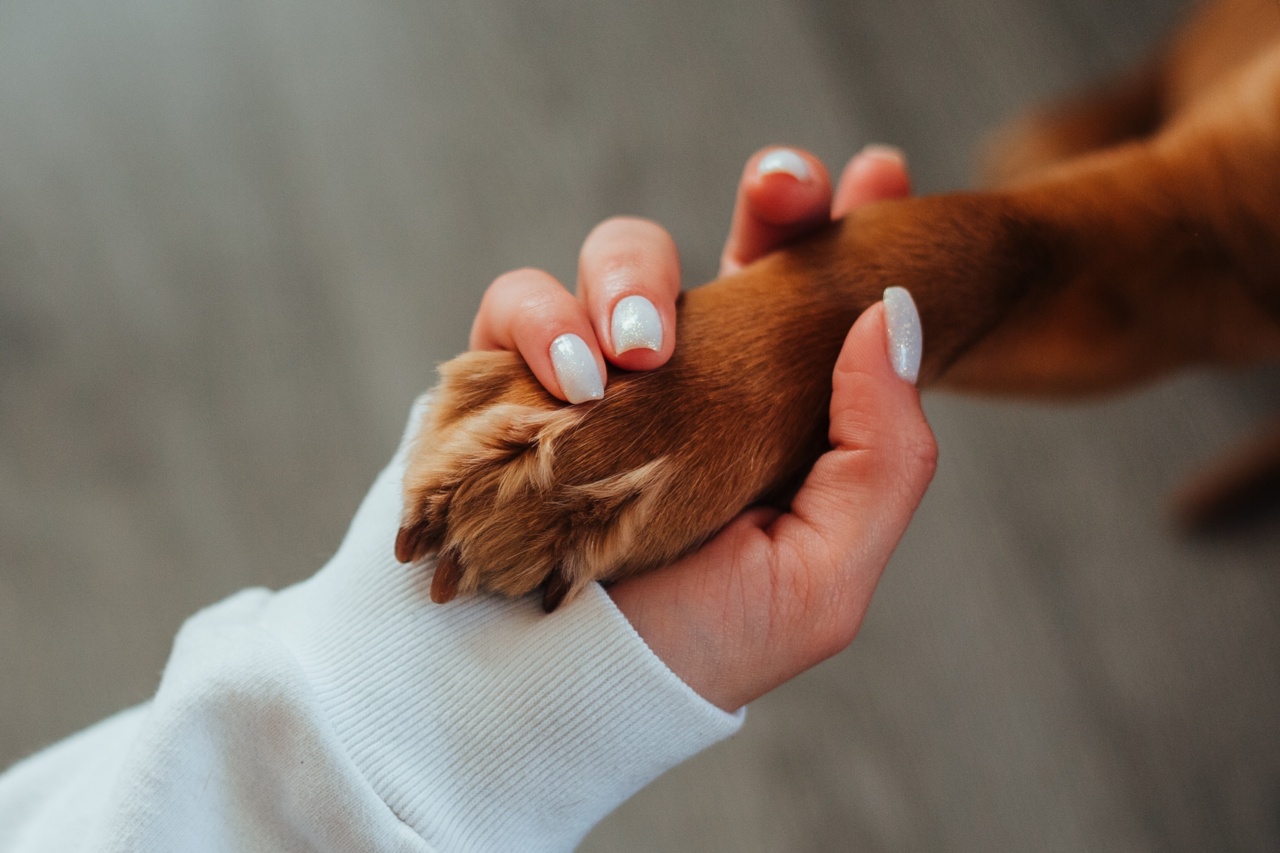Teaching your furry friend to “Stay” is one of the most important commands you can teach them.
It helps keep them safe in dangerous situations, prevents accidents, and also makes your life easier by being able to have them stay put when necessary. Here are some tips on how to teach your dog to master the “Stay” command:.
Tip #1: Start with Short Distances
Start by standing close to your dog, with them in a sit. Say “Stay”, and take a step back. If they stay, reward them with a treat and praise. Repeat this a few times, gradually taking more steps back each time.
If your dog tries to follow you, quickly say “No” in a firm voice, and point them back to their spot. With patience and practice, your dog will understand that stay means to remain in their spot even if you move away.
Tip #2: Use Visual Cues
Dogs are very visual creatures, so use hand signals to reinforce the “Stay” command. Once your dog has mastered staying in place when you step back, start adding in a hand signal.
Put your hand up in front of their face, and say “Stay” at the same time. Gradually, you’ll be able to use the hand signal on its own, without having to say the command. This is especially useful in situations where you don’t want to loudly command your dog to stay, such as in public places.
Tip #3: Reward Correct Behavior
It’s important to remain consistent with your rewards when training your dog to “Stay”. Always give them praise and a treat when they remain in place.
If they break the stay, don’t punish them, but instead gently guide them back to their original spot and start again. Remember, your dog wants to please you, so positive reinforcement is always the best way to encourage good behavior.
Tip #4: Gradually Increase Distractions
Once your dog is consistently staying in place when you step away and use visual cues, it’s time to start adding distractions. To begin with, try having a family member walk by them, or dropping a toy nearby.
If they remain in place, reward them with praise and a treat. Gradually increase the level of distractions, and always reward good behavior. This helps your dog understand that they need to remain in place regardless of what’s going on around them.
Tip #5: Incorporate Duration and Distance
Now that your dog is comfortable with staying in place and ignoring distractions, it’s time to build up the duration and distance of the command.
Start by gradually increasing the amount of time your dog stays in place before being rewarded, and also increase the distance you step away from them. As always, start with small increments and build up gradually, rewarding good behavior along the way.
Tip #6: Practice in Different Environments
Dogs learn best through repetition, so it’s important to practice the “Stay” command in different environments. Start by practicing inside the house, and gradually work your way up to practicing in public places.
This helps your dog understand that they need to obey the command no matter where they are.
Tip #7: Keep It Positive
Training your furry friend to “Stay” takes time and patience, so it’s important to keep it positive. Always reward good behavior, and never punish bad behavior.
Keep training sessions short (10-15 minutes), and always end on a positive note. With time and practice, your furry friend will be a master of the “Stay” command.
Tip #8: Don’t Overuse the Command
While it’s important to teach your furry friend to “Stay”, it’s equally important not to overuse the command. Only use it when necessary, such as in dangerous situations or when crossing roads.
Overusing the command can cause your dog to become bored with it, and may lead to them ignoring it when it’s really important.
Tip #9: Practice Often
Like any skill, the “Stay” command needs to be practiced often to remain strong. Make sure to practice a few times a week, even once your furry friend has mastered it.
This helps them keep the command fresh in their minds, and helps prevent them from getting bored with it.
Tip #10: Make it Fun
Training your dog should be fun for both you and your furry friend. Incorporate games and play into training sessions to make it fun and engaging.
This will help keep your furry friend motivated, and also help create a stronger bond between you and your pup.





























